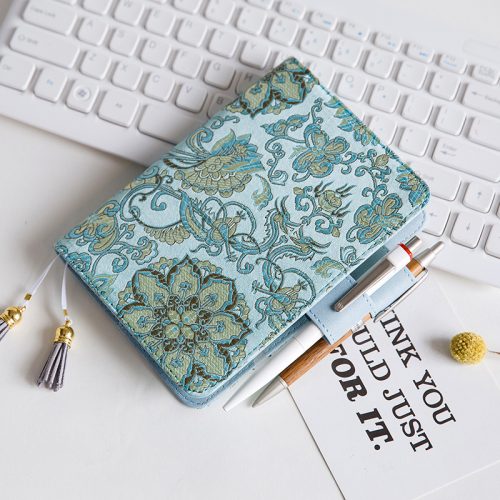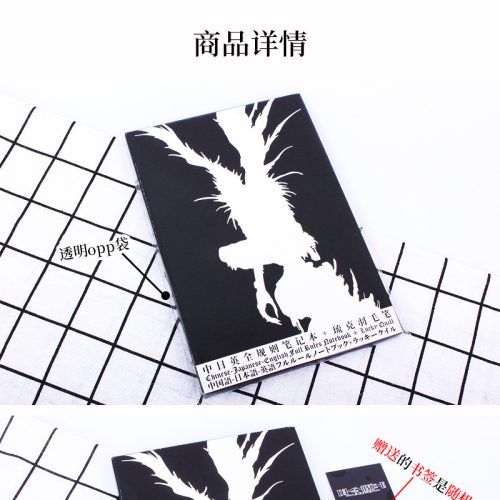Writing with a fountain pen is not only a practical endeavor but also an opportunity to embrace a sense of style and etiquette. Here are some tips on fountain pen etiquette to help you write with flair and sophistication:
- Choose the Right Paper: Use high-quality paper designed for fountain pen use. This paper is less likely to bleed or feather, ensuring that your writing looks crisp and clean. Consider using notebooks or stationery with a smooth finish to enhance the writing experience.
- Proper Posture and Hand Position: Maintain good posture when writing, keeping your back straight and feet flat on the ground. Hold the pen lightly with a relaxed grip, allowing the nib to glide smoothly on the paper. Avoid excessive pressure, which can damage the nib and result in blotting.
- Practice Cursive Handwriting: Fountain pens are well-suited for cursive handwriting styles. Consider practicing and perfecting your cursive script to add an elegant touch to your writing. You can explore different cursive styles, such as Spencerian or Copperplate, to find one that suits your style.
- Use Proper Spacing: Maintain consistent spacing between words and letters. Proper spacing enhances readability and gives your writing a neat and organized appearance.
- Mind Your Ink Flow: Ensure that your pen’s ink flow is consistent. Inconsistent ink flow can lead to blotting or skips in your writing. If you experience issues, clean or adjust your pen as needed.
- Cap Your Pen When Not in Use: Always cap your fountain pen when you’re not actively writing to prevent the nib from drying out and to avoid accidents, such as ink spills or stains.
- Personalize Your Writing: Fountain pens allow for personalization and expression. Experiment with different ink colors, nib sizes, and line variations to add character and style to your writing.
- Consider the Occasion: Tailor your writing style and pen choice to the occasion. For formal documents or professional correspondence, opt for classic ink colors like black or blue-black and a conservative handwriting style. For personal notes and creative writing, you can explore a wider range of colors and styles.
- Keep Your Pen in Good Condition: Regularly clean and maintain your fountain pen to ensure smooth and consistent ink flow. Follow the manufacturer’s guidelines for cleaning and refilling your pen.
- Share the Experience: If you have friends or family who are interested in fountain pens, share your knowledge and enthusiasm. It can be a delightful shared experience to write with fountain pens and discuss different inks and writing styles.
- Practice Patience: Fountain pens may require a bit more patience than ballpoint pens, especially when they need refilling or when changing ink colors. Embrace the process as part of the experience.
- Respect Others’ Preferences: Not everyone may appreciate fountain pens as much as you do. Be respectful of others’ writing preferences and choices of writing instruments.
Writing with a fountain pen is an art, and your personal style and etiquette can elevate the experience for both you and those who read your handwritten notes. Whether you’re using your fountain pen for professional or personal purposes, paying attention to these details can help you make a lasting impression with your writing.


